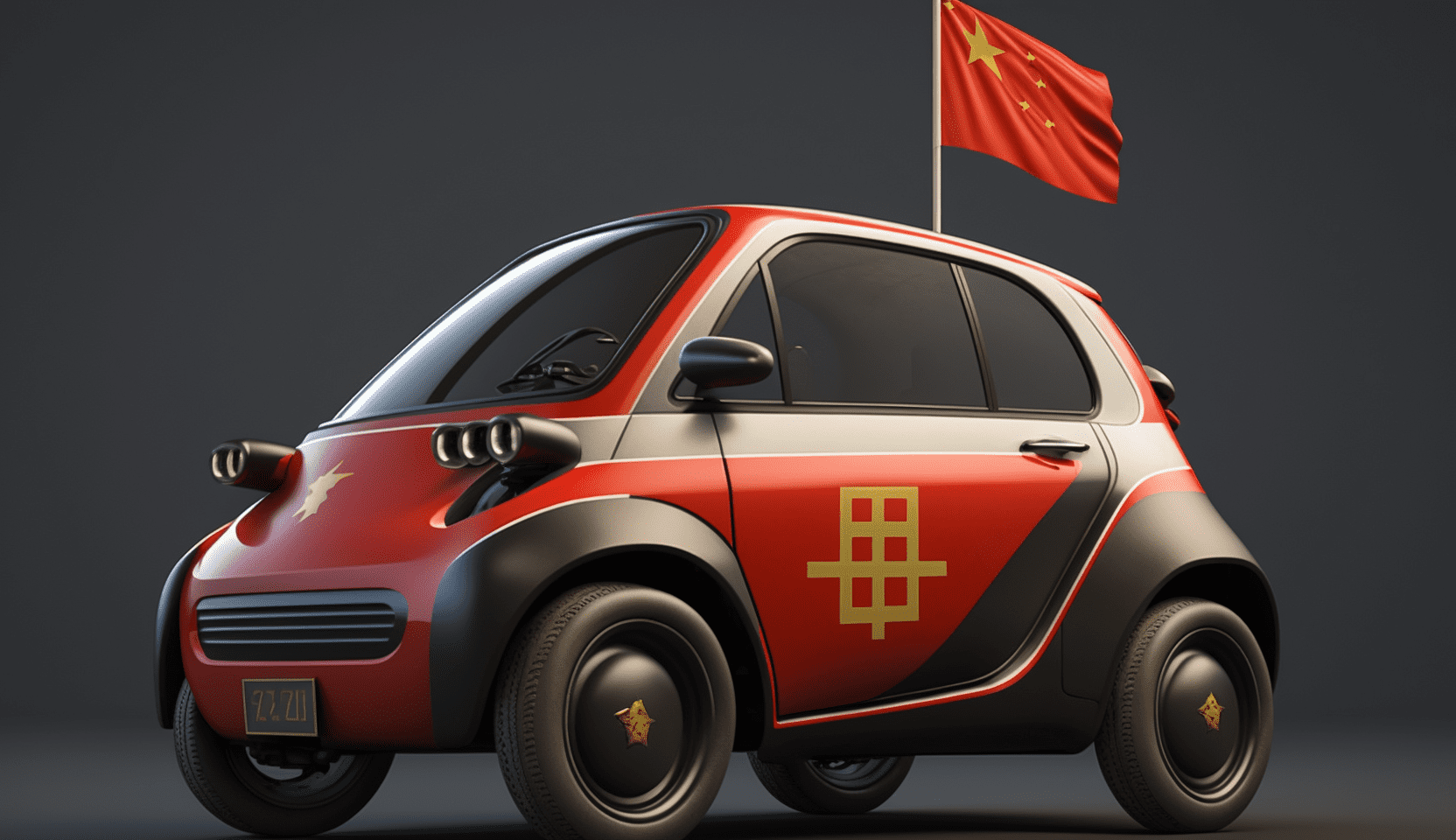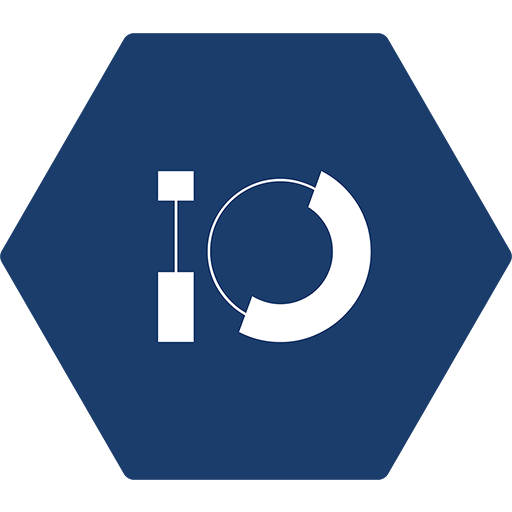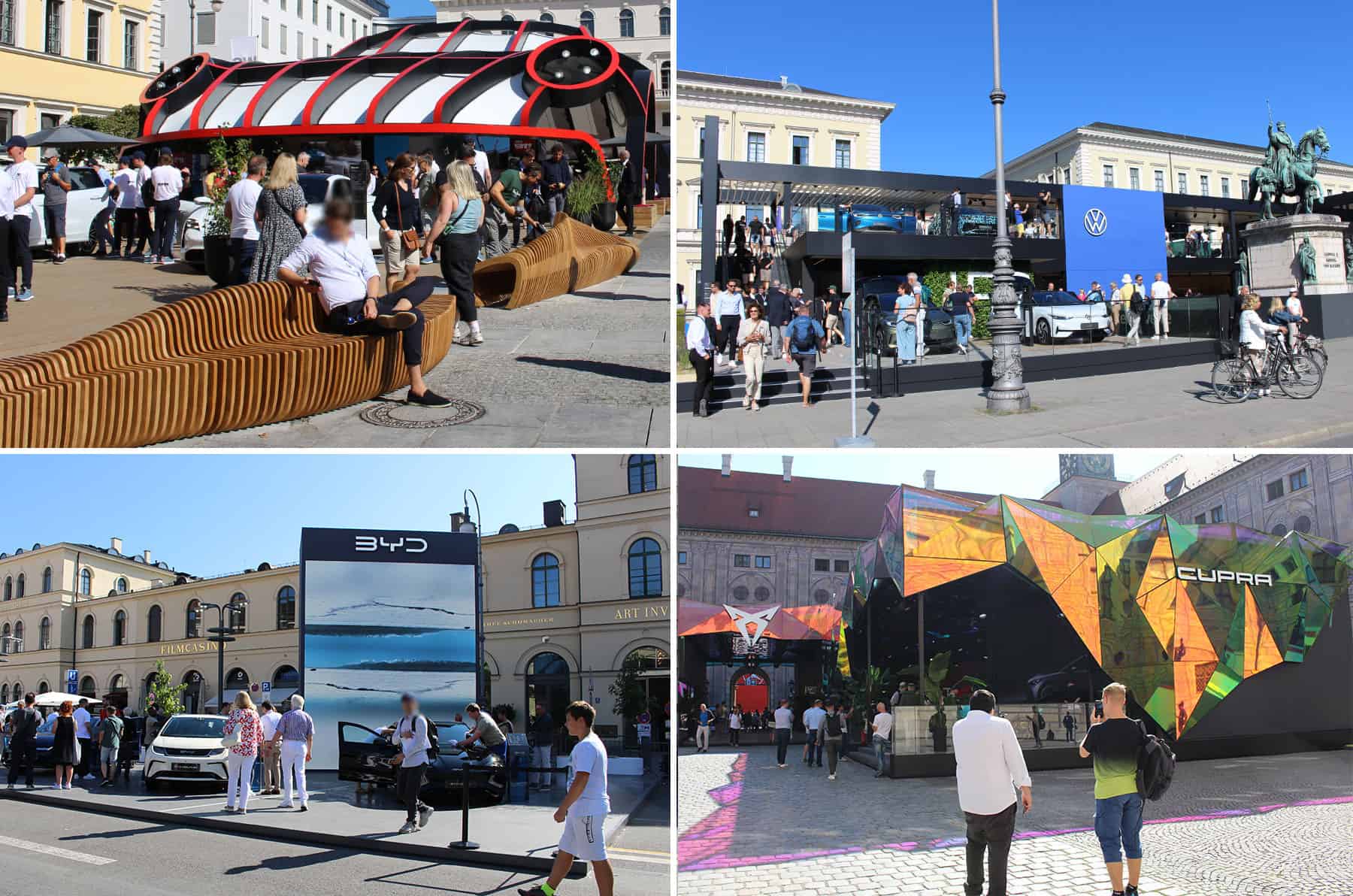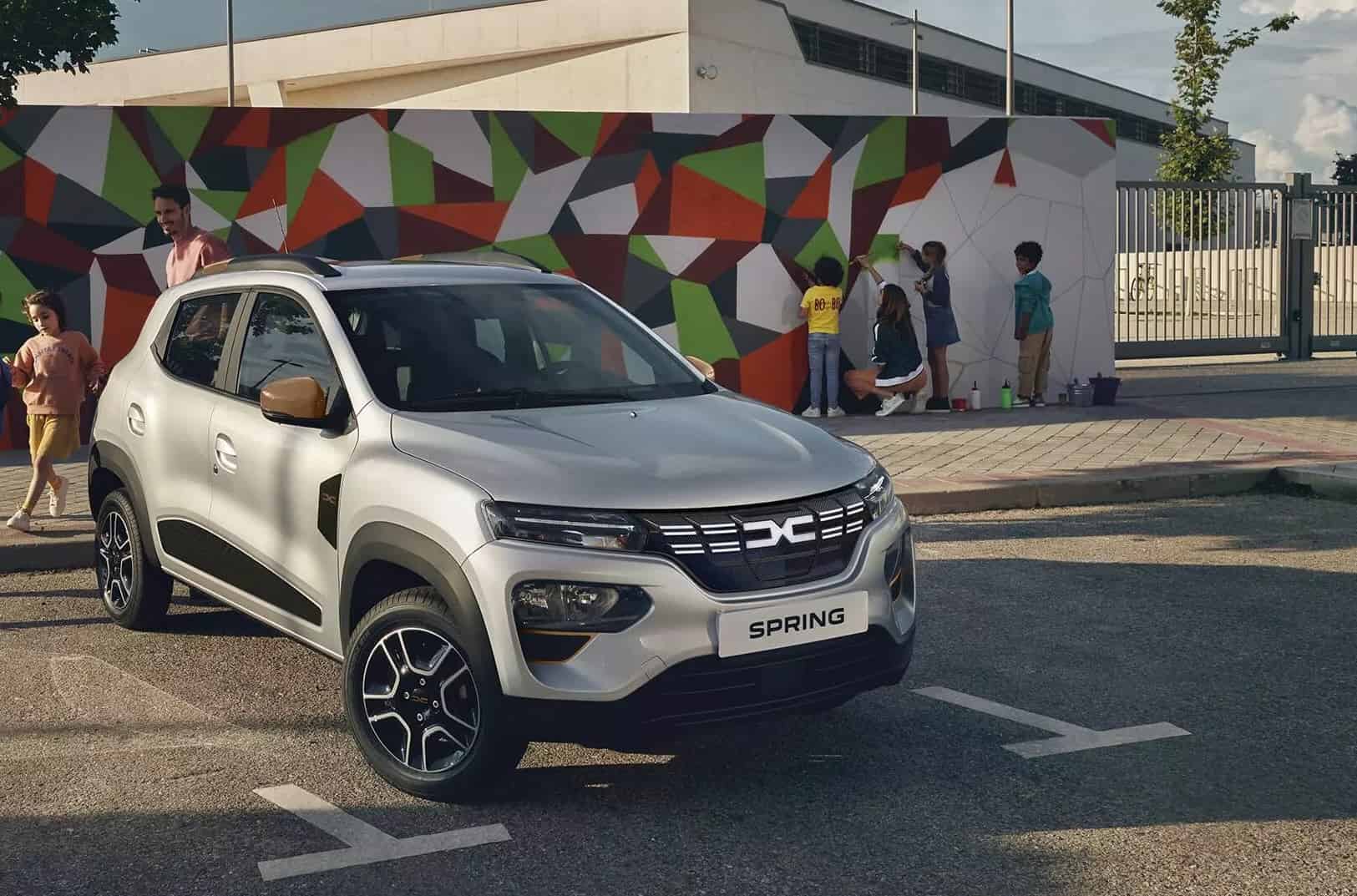
Many sources can be used to keep up to date with the car industry. Of course, there are press releases from the OEMs, but other sources are becoming increasingly important, especially social media.
Although the relevant institutes, such as the CAM (Center of Automotive Management), provide regular information about the Chinese and Far Eastern markets, the true picture is increasingly revealed by short tweets from industry insiders on Twitter/X.
New models, almost weekly
New start-ups, models, and premieres are presented almost weekly. You would think that after the IAA MOBILITY, calm would have returned to the Middle Kingdom for the time being. Far from it.
While in Europe, one, two, and sometimes even more new electric car models are presented per OEM and per half-year, the pace in China has already picked up again. New names are doing the rounds.
While most people in this country are only looking at the market debut of BYD, the new models from MG ROEWE, or the hybrid brands Volvo and Polestar (both Geely), countless new brands and models are being launched in China.

Dutch car and China expert Tycho de Feijter, in particular, publishes new tweets about new releases almost daily. Whether Aion, Neto, or Aito, new models from Wuling, or joint ventures from SAIC-GM-Wuling, de Feijter shows one thing above all: an ultra-dynamic market that introduces new electric vehicles at breathtaking speed and continuously optimizes existing models.
In other words?
In Germany, in particular, there seems to be little awareness of the dynamism of Chinese companies. Here, people are still looking at the “Tesla speed”, although this has been losing momentum for some time now. The incremental “improvements” in German or European vehicles are minor. At the same time, one Chinese OEM after another has switched from the 2nd generation of electric architectures to the 3rd generation and already has the fourth generation in its quiver.
Stellantis, VW, Audi & Co.
Almost everyone has now realized that it will be challenging to catch up without support, especially if they want to play a role as a Western OEM in the Chinese market. The latest “cooperations” between VW (XPeng) and Audi (SAIC) were just the beginning. Now, Stellantis has also invested 1.5 billion euros in the start-up Leapmotor, which is still largely unknown and not yet present in this country. Why? To gain better access to the world’s largest market in the future and to benefit from the vertical integration of the Chinese OEM. Leapmotor not only builds the latest electric architecture but also offers its own operating system (LeapOS) and integrates the best units from European suppliers such as MAGNA, Webasto, ZF, Conti, Bosch, and Infineon. The manufacturer also cooperates with Qualcomm, NXP, the new stock market star Nvidia and others.
Strategic alliances
Is the era of European “automotive hegemony” coming to an end? It looks that way. Chinese OEMs increasingly leave almost all automotive countries, including Japan, Korea, and the USA, behind. And yet, they have not even really begun their conquest of the European and North American markets. This will not be the case until 2024. By then, “China speed” will have replaced the much-vaunted “Tesla speed”…






